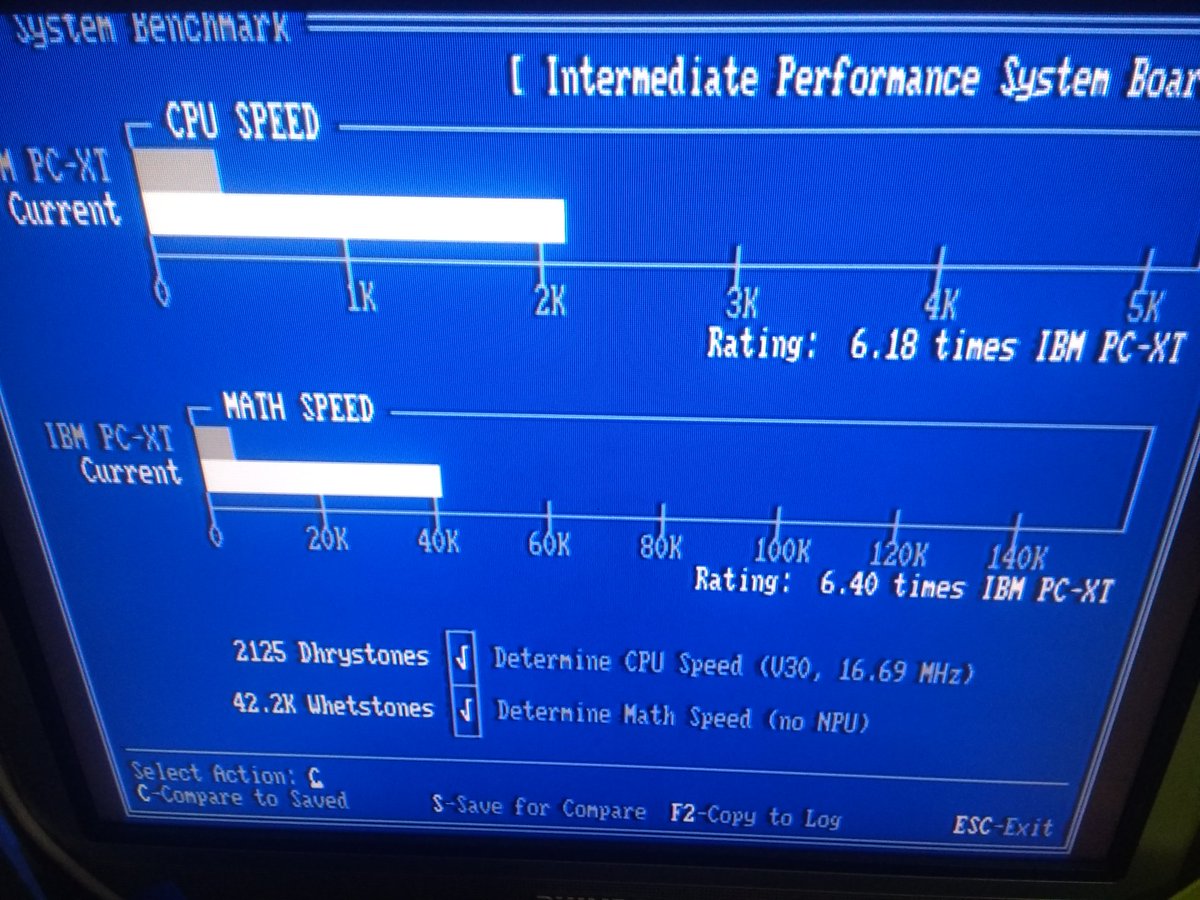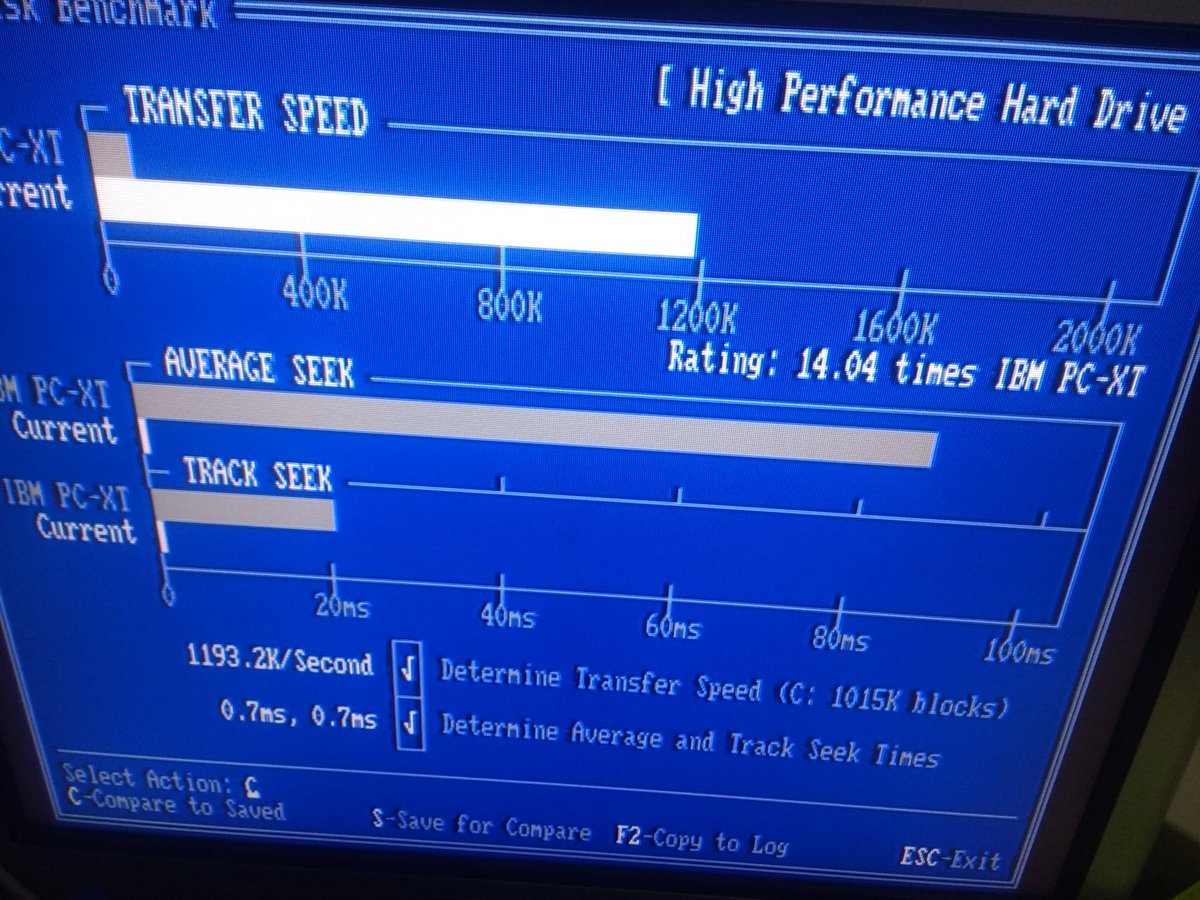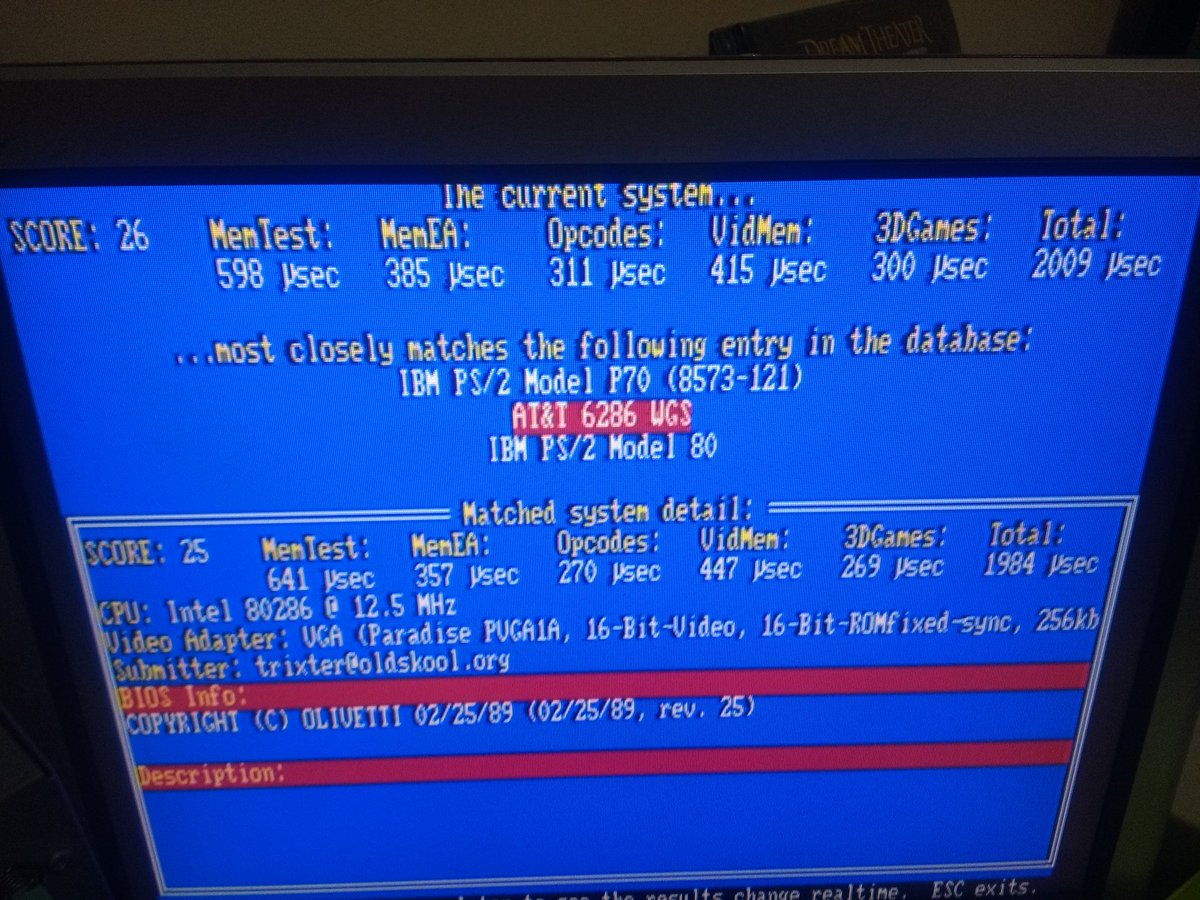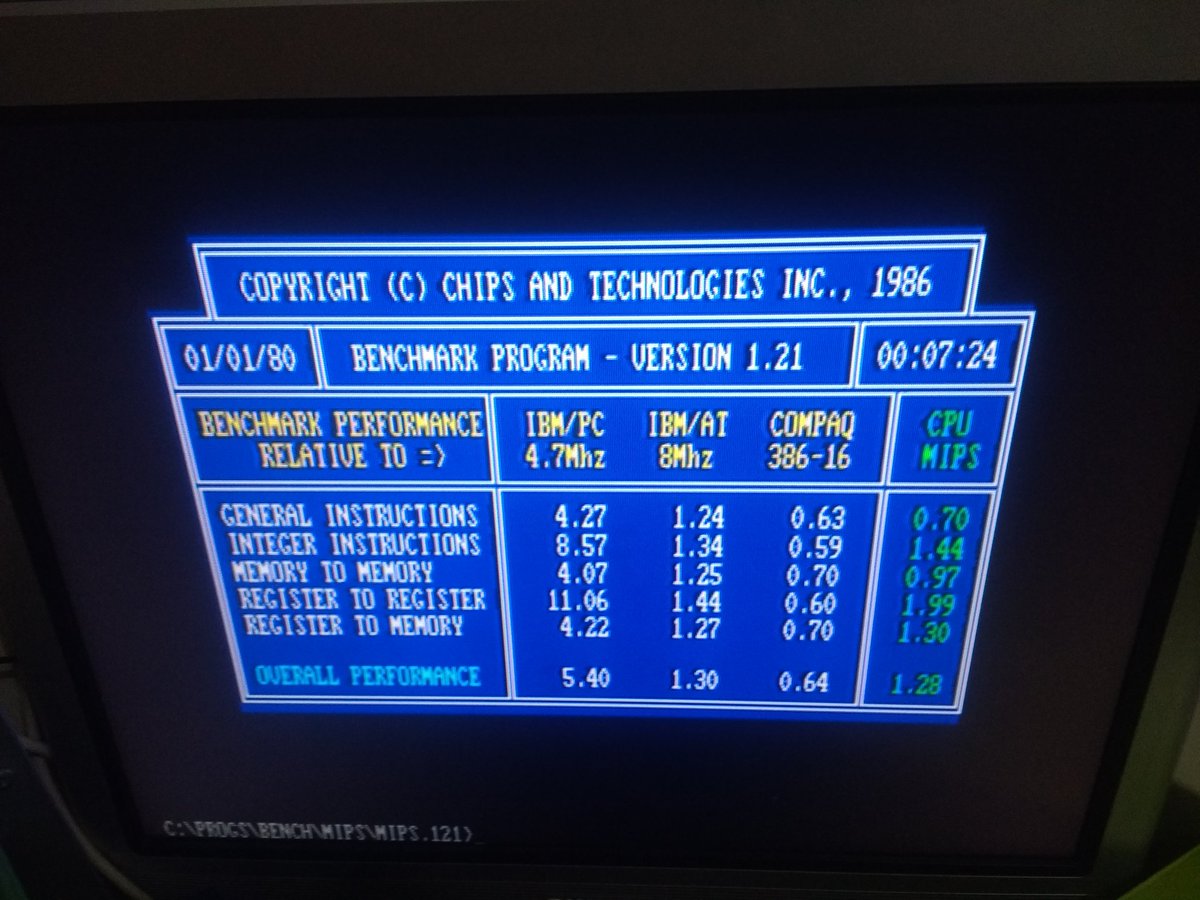yes i'm reading the thread see the picture but is hard to tell what you ended up using to reach the 14 mhz.
I see you when back and fort and then removed the patch and then added it again and replaced the ram.
Don't whan't to take your time Carlos but can you elaborate on what is the final modification required to reach this speed ?.
Also what oscillator you used externally a can one and what speed how you wired it up ?
Basically you take your OSCI socket and solder wires to the oscillator of the motherboard, the 24MHz one i mean. You only need to solder 3 wires. One to GND, other to the VCC which is 5V and the output pin from the socket you splice and solder it to the trace that leads to R24. At this point you already spliced the trace that takes the 24MHz signal to the R24 resistor that leads to the OSCIN pin on the buffer blue chip. So now you can put whatever OSCI you want on the socket.
Remember that the buffer blue chip is gonna divide by 3 to get the CPUCLK. So to get 14MHz you need a 42MHz OSCI. It's the same type of oscillator that is used on the motherboard, a rectangular 5V TTL oscillator. Crystals need their own circuit, Oscillators don't.




